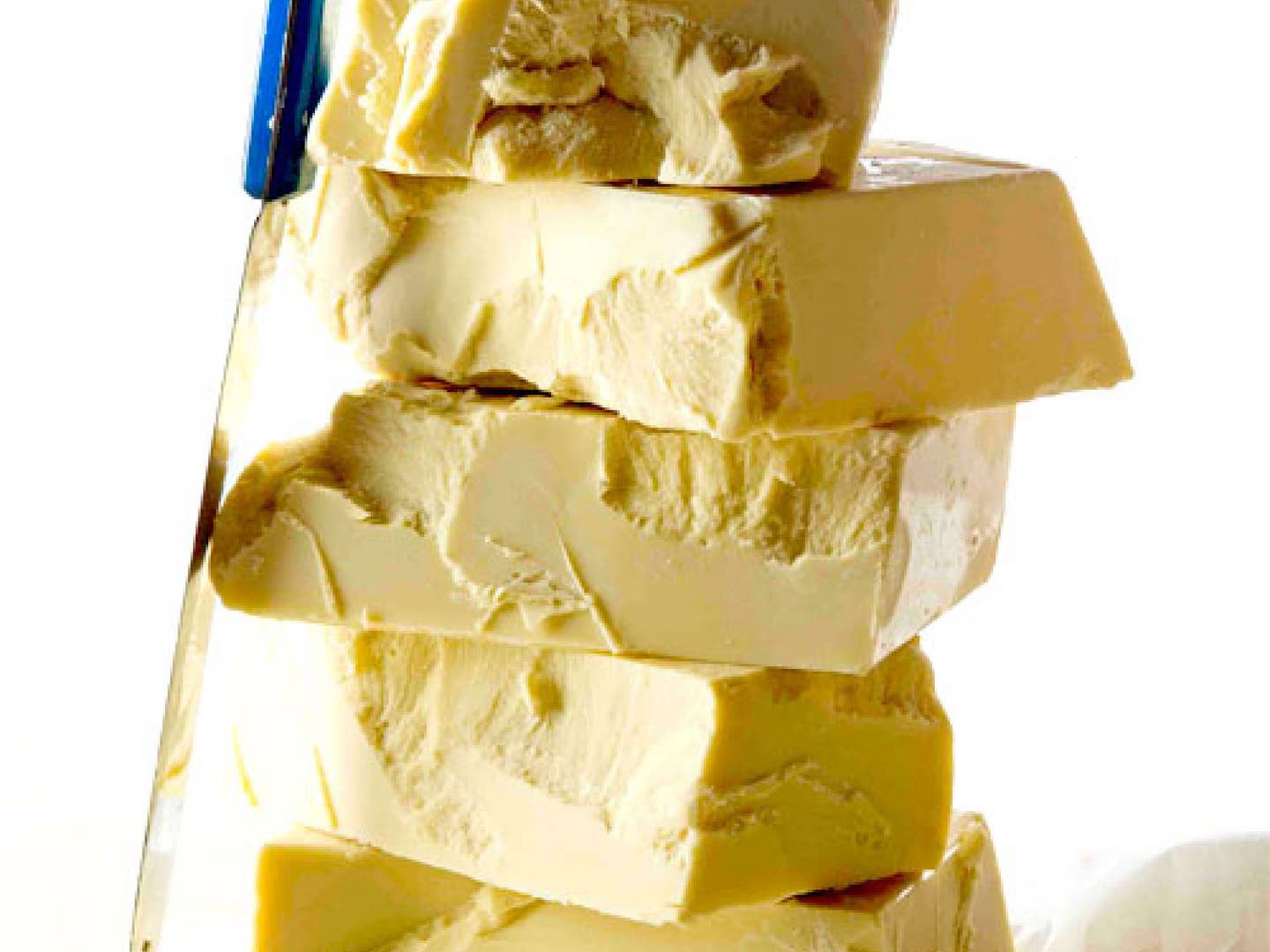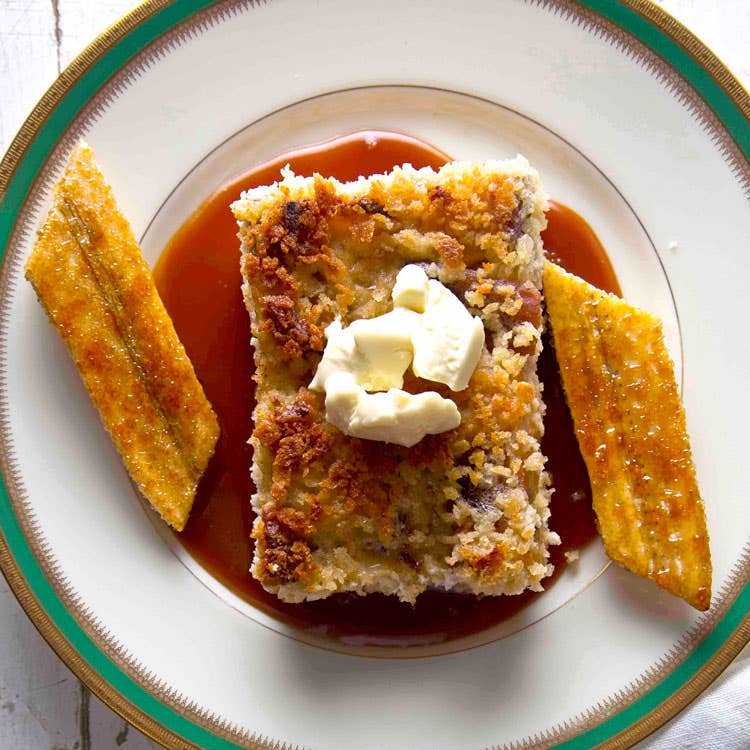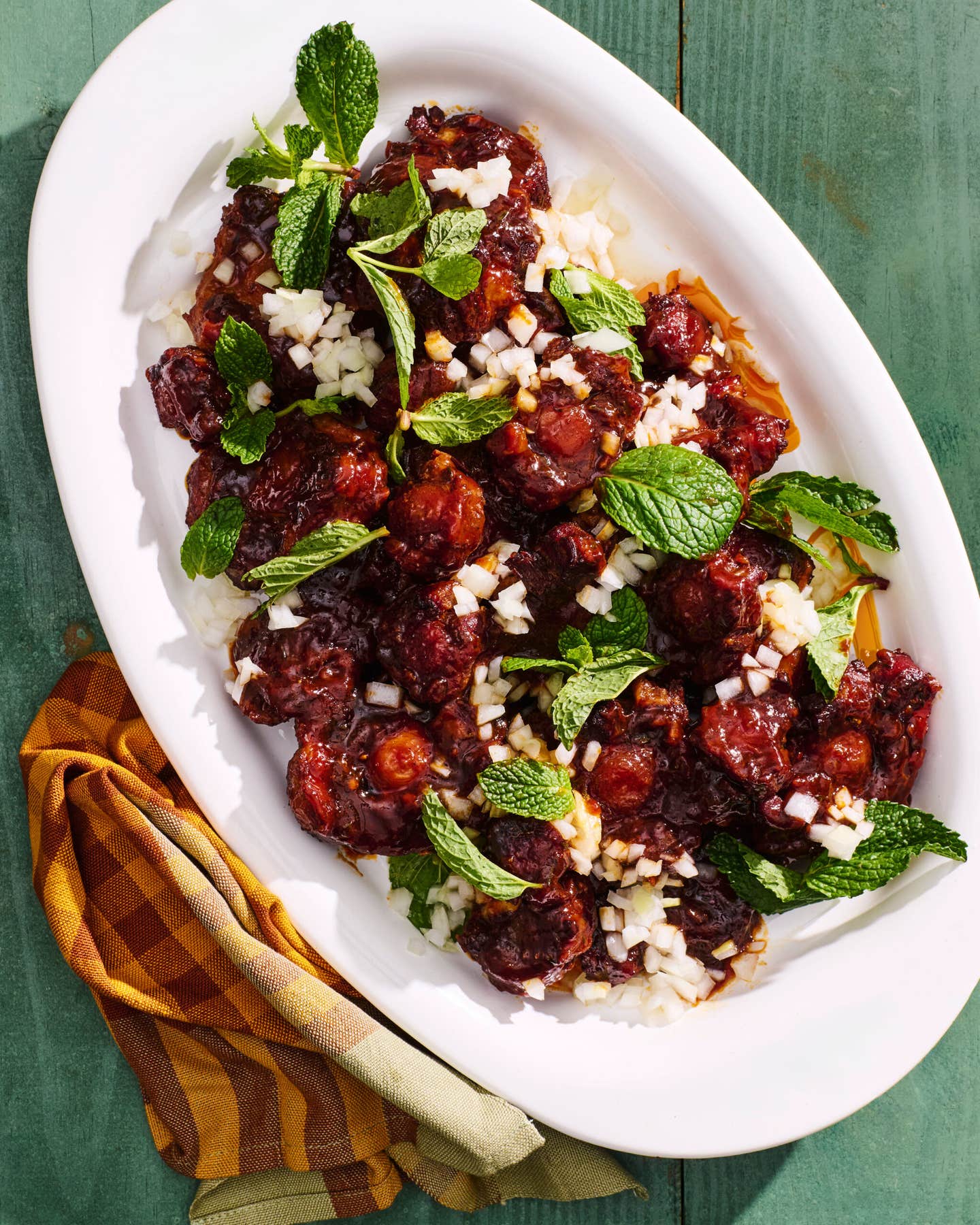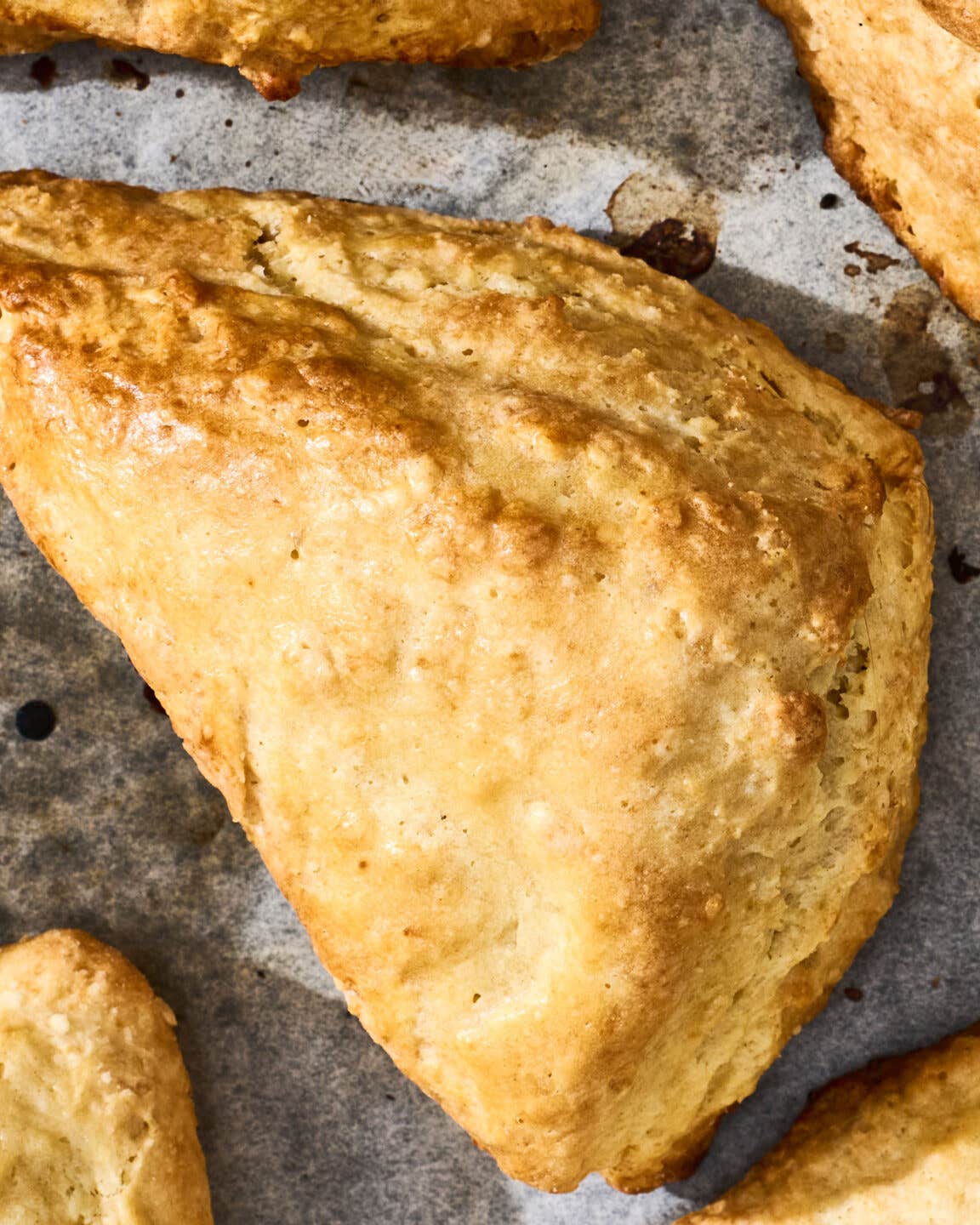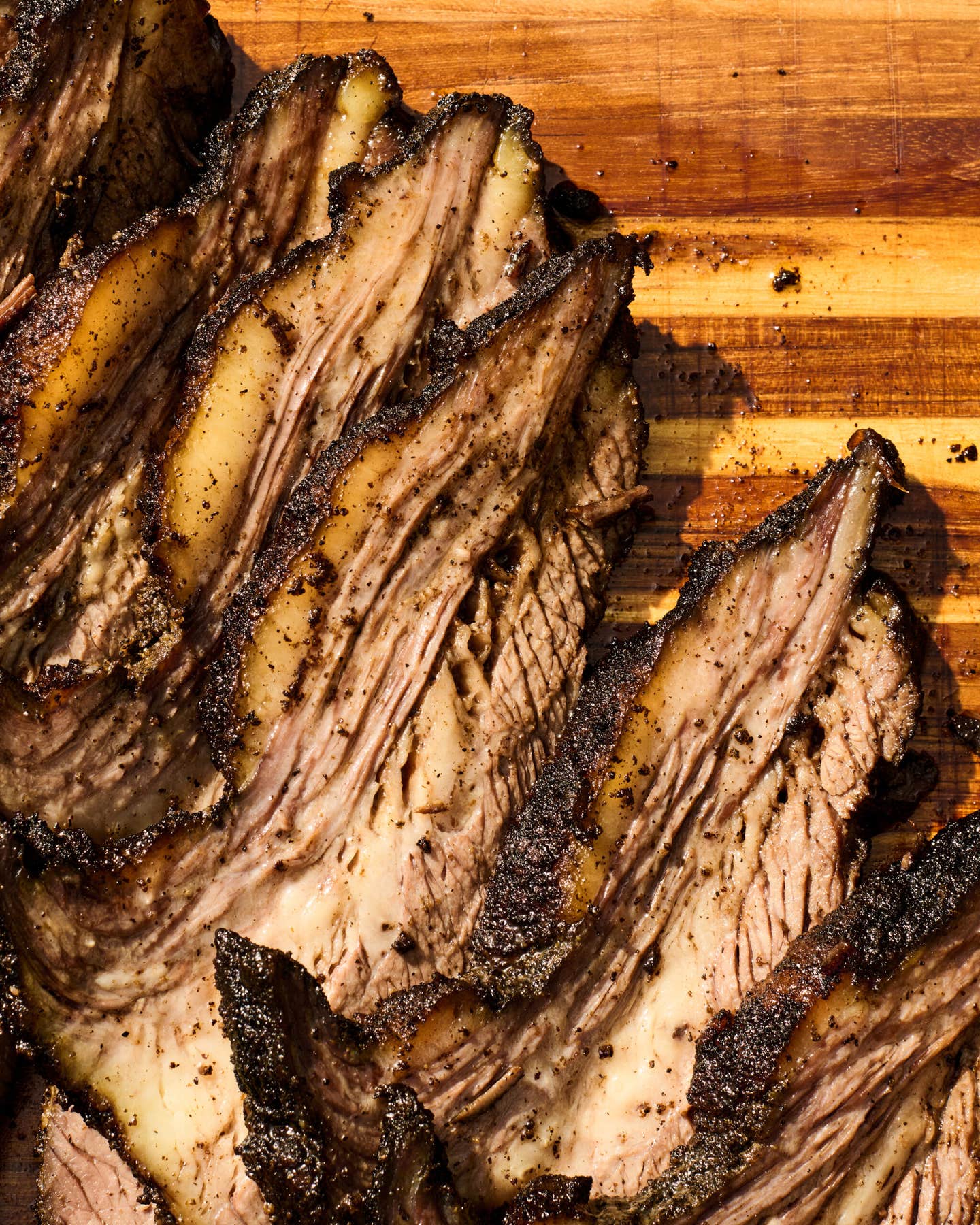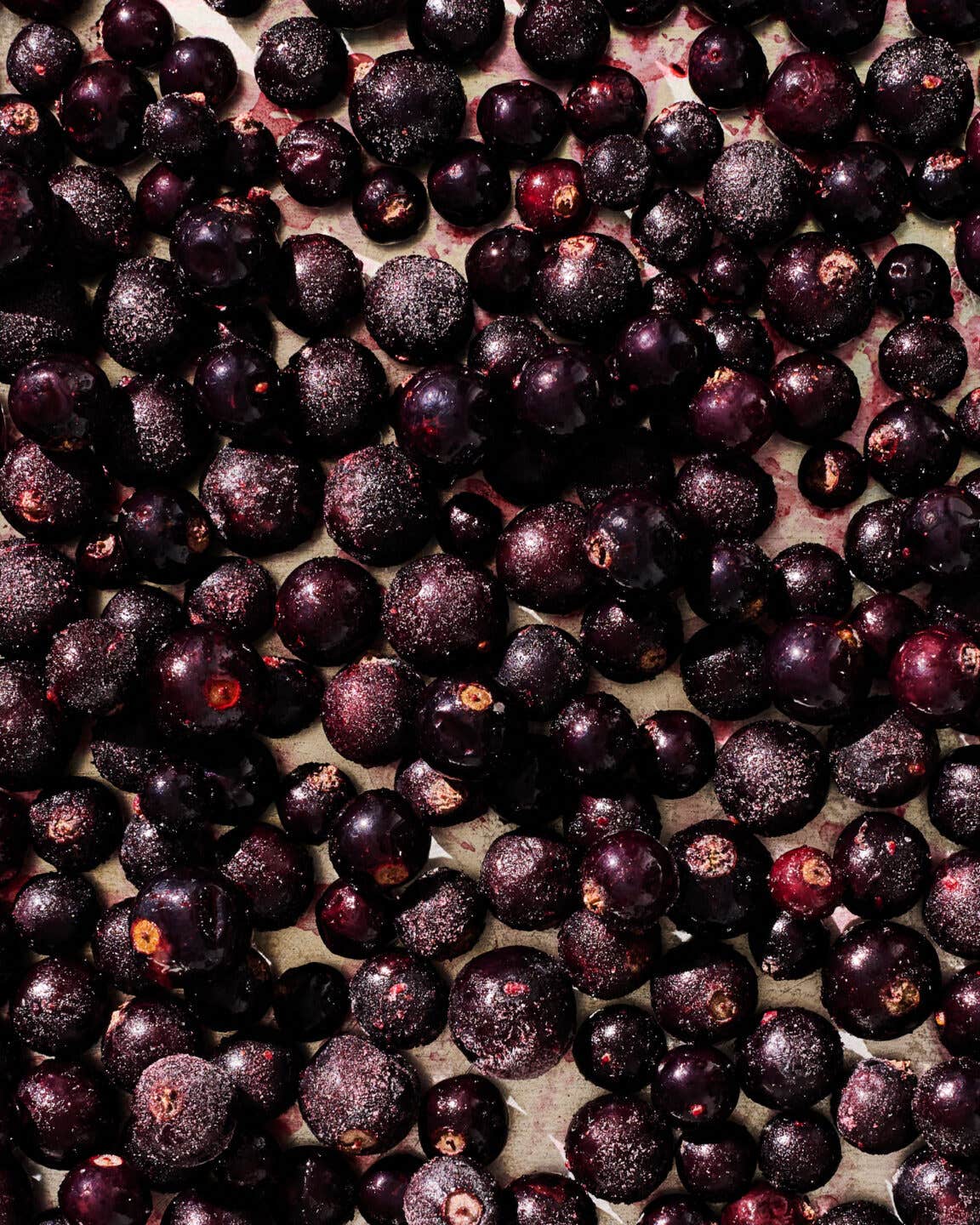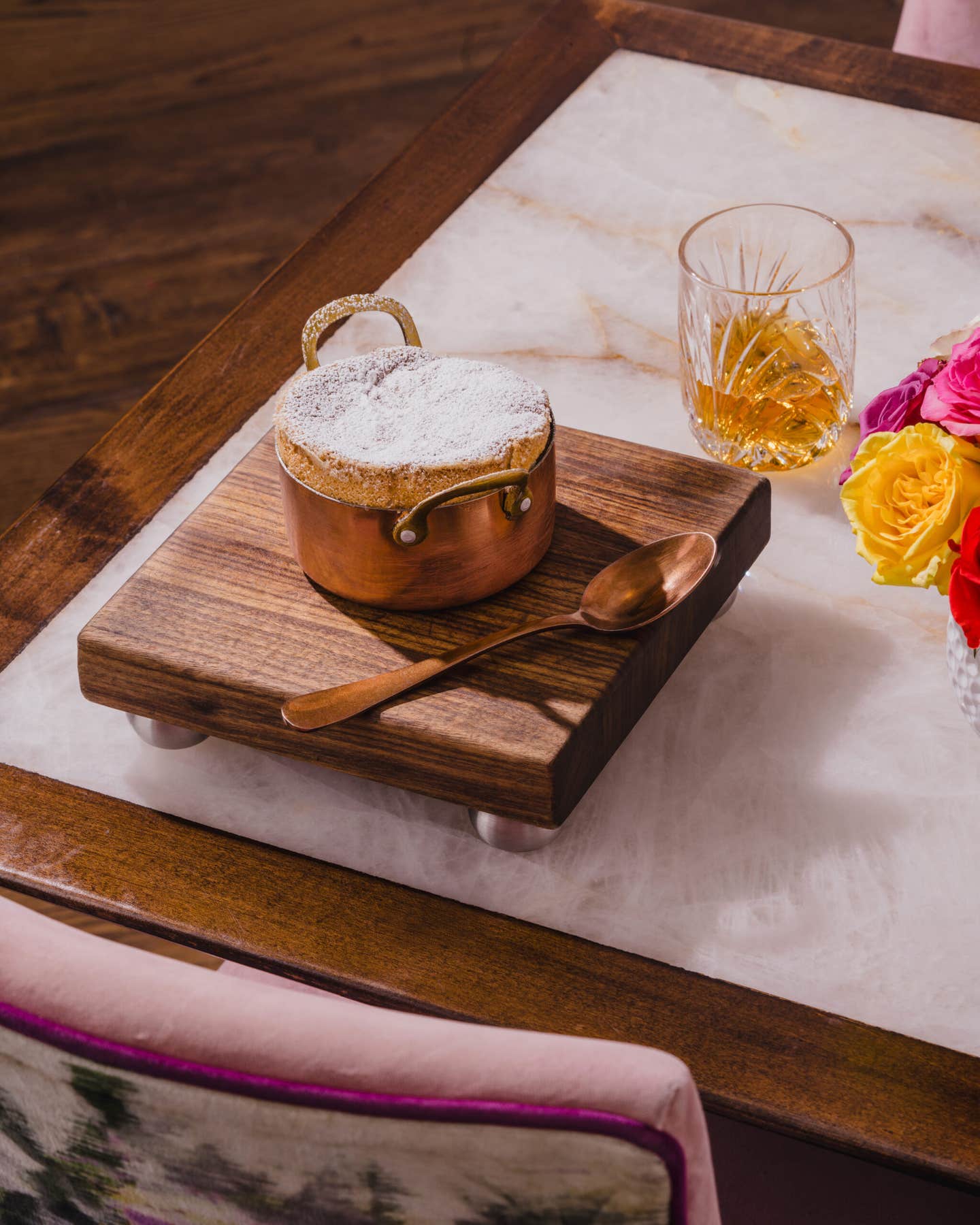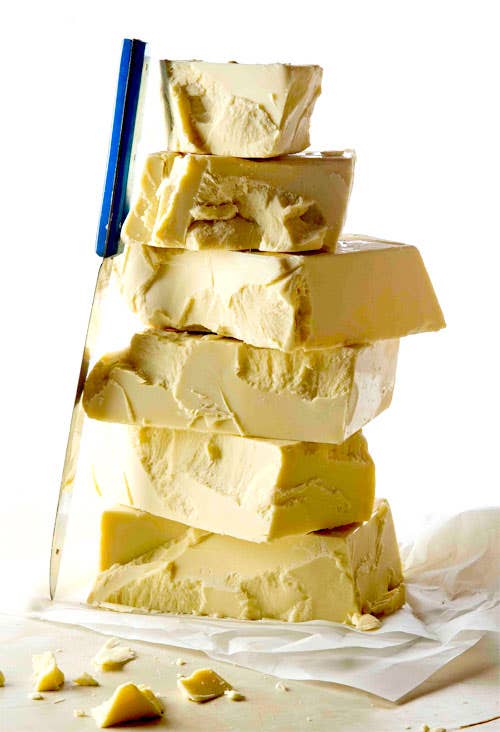
When I first tasted white chocolate, I was a little kid with a gargantuan sweet tooth, and that pure hit of cocoa butter, milk, and sugar instantly hooked me. The confection had all of the qualities of regular chocolate—it was creamy, rich, and I could stash a bar in my pocket—without any of the cocoa bitterness that turned me off to darker confections. I ate it every chance I got, in candy bars (Hershey's Cookies 'n' Cream was a favorite) and in all kinds of baked goods, especially those fancy cookies that were so popular during my '90s youth, the ones that paired white chocolate with chunky macadamia nuts.
It wasn't until I was older that I learned that my passion for white chocolate was something to be ashamed of. In culinary school, where I went to make a career of my dessert lust, my peers turned their noses up at the stuff. "It isn't real chocolate," they said, or, "It's way too sweet." They swore, instead, by bittersweet chocolate and refused to use anything else in the kitchen. Nowadays, with the flood of high-percentage cacao bars on the market, the consensus seems to be on their side; the darker the chocolate, the better it's received.
Yet the more I bake with white chocolate, and the more excellent varieties I taste, I'm more confident than ever of this smooth, sweet ingredient's assets: It enriches ganaches and buttercreams, ice creams and panna cottas; it's a milky foil for zesty flavors like citrus and ginger, and for fragrant spices like cardamom; and it's mellow enough to carry the subtlety of teas and flowers, while resonating with the richness of ingredients like nuts. It can even balance the intensity of dark chocolate and espresso. Not only that, but because white chocolate contains cocoa butter, milk, sugar, and vanilla, I can use it in recipes in place of butter and the other three ingredients—it adds extra lusciousness. You can't do that with conventional chocolate.
Still, I was surprised to find out that the two types of chocolate are made in much the same way. For both, fermented, dried cacao beans are roasted and pulverized into a paste, and the cocoa butter is separated from the solids, which contain all the color, flavor, and bitterness associated with dark chocolate. Whereas regular chocolate incorporates cocoa solids into the final product, white chocolate omits them. Milk solids, usually in the form of powdered milk, are added instead to cocoa butter, sugar, and often vanilla, resulting in a creamy, sweet, and very pale chocolate.
It fascinates me that this one substitution—milk solids for cocoa solids—can lead to such a singular confection. Though the precise origins of white chocolate are murky, powdered milk seems to have played a major role in its popularization. Nestle, who many credit with developing white chocolate, began making it in the 1930s, apparently in response to a powdered milk surplus; during World War I, when powdered milk was in high demand, they had bought up companies that manufactured the product. When the war ended and consumers returned to fresh milk, the Swiss chocolate giant looked for new uses for the powdered kind. One of many new products launched during this time was a white chocolate bar called "Galak."
For many years now, European pastry chefs have been creating with white chocolate, using it in cakes, tarts, wonderfully smooth mousses, and many other sweets. For chocolatiers, white chocolate is particularly enticing as a blank canvas for color and other decorative flourishes. Yet it took a while before white chocolate was part of the American pantry. Though it was available here as early as the mid-'40s, it wasn't until 1979 that the dining critic Gael Greene, describing "a pristine oval of mousse sitting in a pool of dark chocolate" for New York magazine, was able to declare, "White chocolate is the season's new whimsy." In the '80s, scores of cookbooks embraced the ingredient; The Silver Palate Good Times Cookbook (Workman, 1985) offered recipes for white chocolate and hazelnut cheesecake, and white chocolate and Frangelico mousse. By the 1990s, white chocolate had entered the canon of American dessert flavors; at the iconic Palace Cafe in New Orleans, it enriched the custard base for bread pudding, an innovation on a classic that inspired scores of other local riffs, including my favorite, a panko-fried version topped with bruleed bananas and more white chocolate at Mat & Naddie's, also in New Orleans.
White Chocolate Bread Pudding with Bananas and Rum Sauce
This decadent take on an iconic dessert, from Mat & Naddie’s Restaurant in New Orleans, Louisiana, gilds the lily, pan-frying white chocolate-enriched bread pudding, and plating it with satiny caramel and sweet bananas.
But, no matter how many great desserts it has been responsible for, white chocolate still bears a stigma. Part of the problem may lie in its tricky nature, which makes it more difficult to work with than other types of chocolate. Because the main ingredients are two fats that melt at different temperatures, molten white chocolate can turn out lumpy. To avoid this, I chop it into small pieces and stir it constantly to ensure quicker and more even melting. As white chocolate separates and burns easily, I melt it in a bowl over a hot water bath, or in the microwave for 30-second increments, and make sure the temperature of the chocolate doesn't exceed 120 degrees.
When I'm shopping for it, I keep in mind that, as with other types of chocolate, quality is paramount. For much of its history, a lot of the white chocolate sold in the States hasn't been up to snuff. Expensive cocoa butter was swapped out for cheaper substitutes, namely vegetable fat, and more vanilla and sugar were added to compensate for the loss in flavor. When manufactures did use the real stuff, most procured cocoa butter from multiple sources, with disparate, sometimes harsh flavor profiles. Those butters were usually bleached to neutralize their off flavors. The result has often been lesser-quality bars.
Happily, in 2002, the Food and Drug Administration created standards requiring minimum percentages of cocoa butter, milk solids, and milk fat (20, 14, and 3.5 percent, respectively) in order for a product to be labeled "white chocolate." And, nowadays, there's a crop of artisanal producers who are approaching white chocolate with the same dedication they show its darker counterparts. They gather beans from trusted sources and control their roasting to get the best batches of the rich, round natural cocoa butter that makes real white chocolate so great.
Sampling these bars, I've been astounded by their quality and range. Some are heady with tropical fruit flavor, others grassy or slightly salty or deeply rooted in vanilla. Together, they create that many more possibilities for fine-tuning and elevating white chocolate desserts. For a white-chocoholic like me, it's wonderful to know that I no longer need to be embarrassed by my childhood pleasure.
Keep Reading
Continue to Next Story
